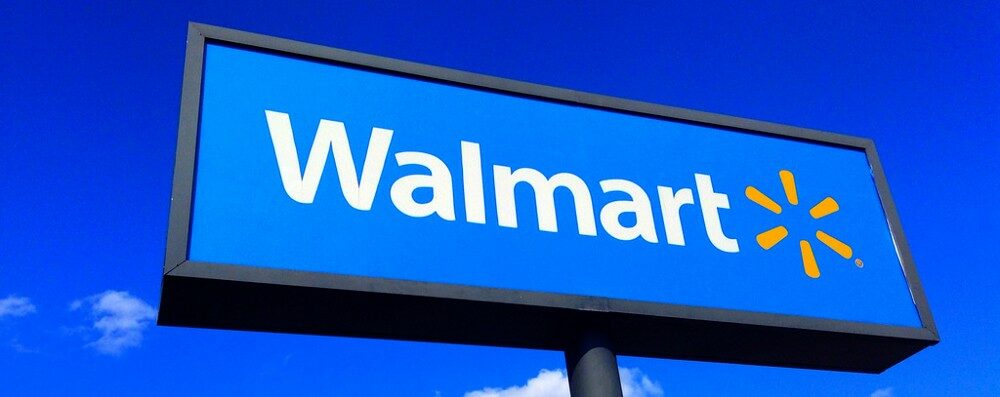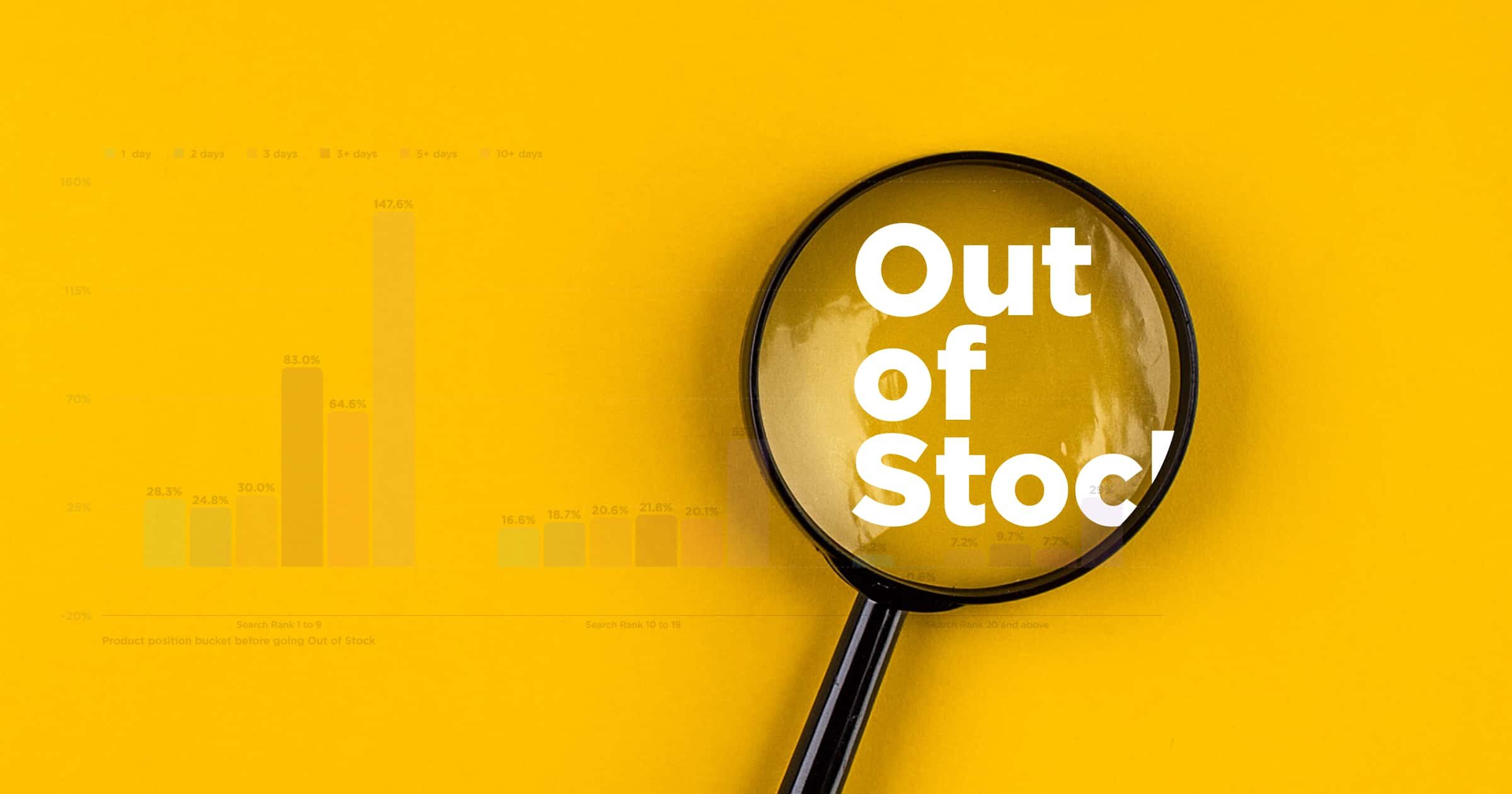In an increasingly competitive retail landscape and facing intense margin pressures, improving the profitability of online commerce is a growing area of focus for all retailers.
When Amazon acquired Whole Foods in August, several media outlets and analysts speculated whether there would be a slashing of prices across the board. Instead, Amazon lowered prices only on those items that it knew would drive increased traffic to the stores, resulting in a 25% increase in footfall the first 30 days after the acquisition closed.
(Read also: Amazon’s Whole Foods Pricing Strategy Revealed)
Disrupting the Status Quo
Walmart has now announced a shift in its online pricing to draw more shoppers to purchase from its brick-and-mortar stores and save on shipping costs.
Sarah Nassauer wrote an interesting article for the Wall Street Journal recently, outlining Walmart’s online pricing strategy and its approach to pricing its products differently between its online and offline stores.
Sarah reports, “Walmart wants to charge customers more to buy some products online than in stores, part of the company’s efforts to boost profits and drive store traffic as it competes with Amazon.”
What’s interesting is Walmart’s move to display the lower offline store prices on its website for some grocery products, nudging shoppers to drive down to the nearest Walmart store.
Again, Walmart did not raise prices for all items but only a few, select food and household items, “including boxes of Kraft Macaroni & Cheese, Colgate toothbrushes and bags of Purina dog food, according to people familiar with the matter and comparisons between online and in-store prices.”
The article goes on to state that, “[T]he move is unusual for Walmart, which has long honed an ‘everyday low price’ message and has worked to keep online prices at least as low as shoppers find in its 4,700 U.S. stores. Walmart e-commerce workers responsible for product sales have been instructed to boost profits along with sales, according to the people familiar with the situation, and are ‘no longer obligated to follow store pricing.’”
This move indicates a greater focus on online-to-offline (O2O) strategies by the world’s largest retailer in an effort to cut down on the crippling costs of transport operations and logistics. According to a cost analysis by consultants Spend Management Experts, “A $1.28 box of Kraft Macaroni & Cheese could cost a big retailer around $10 to ship from Chicago to Atlanta, depending on how remote the buyer’s address is . . . A smaller retailer would likely pay about double.”
With this news, the days of providing the same price online and in stores are over, setting a precedent and reflecting important differences in costs and competitor capabilities.
But how did Walmart know which items to focus on for lowering (or raising) prices?
Cutting-Edge Competitive Intelligence Solutions
Did Walmart pick items at random or guess? Not likely. With recent enhancements in competitive intelligence and data analysis solutions, the era of guesswork, gut-fuelled decisions, and manual number crunching is over.
In today’s digital economy, actionable competitive intelligence has become a critical component in the transformation of retail. Retailers like Amazon and Walmart use competitive insights to identify categories and items that show the greatest potential for increased shopper interest, sales, and profits, to adjust their prices.
Competitive intelligence providers like DataWeave provide unique, AI-driven, competitive insights and business recommendations by harnessing and analyzing competitive data from the Web.
When retailers link these competitive insights and data to their internal pricing and inventory systems, they create a powerful engine that marries internal and external forces to produce highly accurate assortment, pricing, and promotion recommendations, all in near real-time.
As retailers like Walmart experiment with their pricing and merchandizing across channels, they have come to rely on modern retail technology solutions that continue to evolve to help them reduce operational complexities and yield higher ROI.
Book a Demo
Login
For accounts configured with Google ID, use Google login on top.
For accounts using SSO Services, use the button marked "Single Sign-on".





